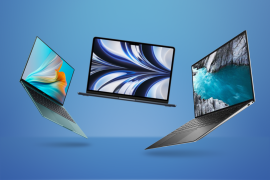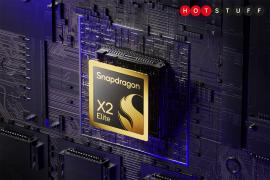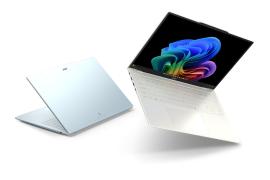Dell XPS 13 (9345) review: Snapdragon ultraportable lacks substance
Form ahead of function in some areas, but not short on desktop power
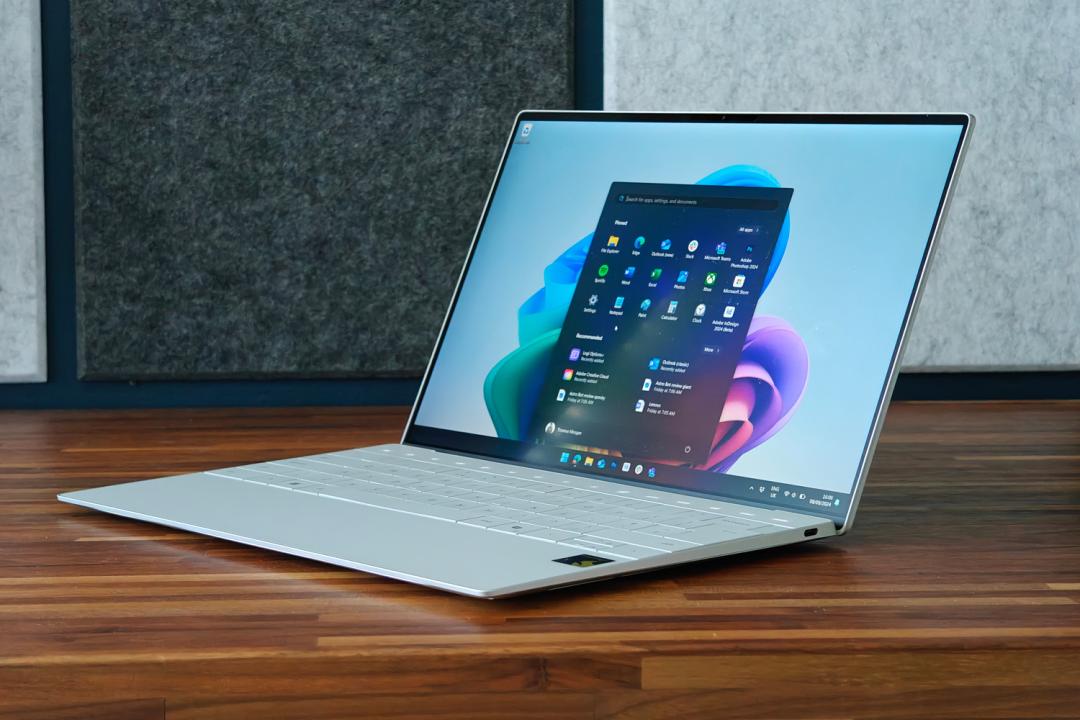
Stuff Verdict
It looks great and isn’t short on power, but the Dell XPS 13’s touchbar remains tricky and ergonomic issues hold it back from ultraportable perfection.
Pros
- An undeniably sharp-looking machine
- Perfectly potent for an ultraportable
- More affordable than Intel equivalent
Cons
- Battery life is decent rather than class-leading
- Touchbar shortcuts still style over substance
- Some major usability issues with touchpad
Introduction
The XPS 13 has a reputation to uphold. Tech sites (including Stuff) have long pointed to Dell’s ultraportable as the best laptop around for on-the-move working, and a true Windows alternative to the MacBook Air. That changed a little when Apple made the switch to its own silicon, which embarrassed Intel-powered rivals on both performance and battery life, but now Qualcomm is on the scene with a promise to redress the balance.
This latest Dell XPS 13 is a Copilot+ PC, with a Snapdragon X Elite chipset that promises all-day working while away from the mains, plenty of power, and zero portability compromise. Windows’ AI-powered Copilot features are all present and correct, and going with Qualcomm internals means around a £100 saving compared to the Intel alternative.
At £1249 this is still well and truly in premium territory, and Windows on ARM hardware still has a few limitations you won’t find elsewhere. Dell’s controversial changes to the familiar XPS formula have also been carried over from the previous version fully intact. Does that make this XPS as easy to recommend as the older models were?
How we test laptops
Every laptop reviewed on Stuff is tested using industry standard benchmarks and apps to assess performance and battery life. We use our years of experience to judge display, sound and general usability. Manufacturers have no visibility on reviews before they appear online, and we never accept payment to feature products.
Find out more about how we test and rate products.
Design & build: slim wonder
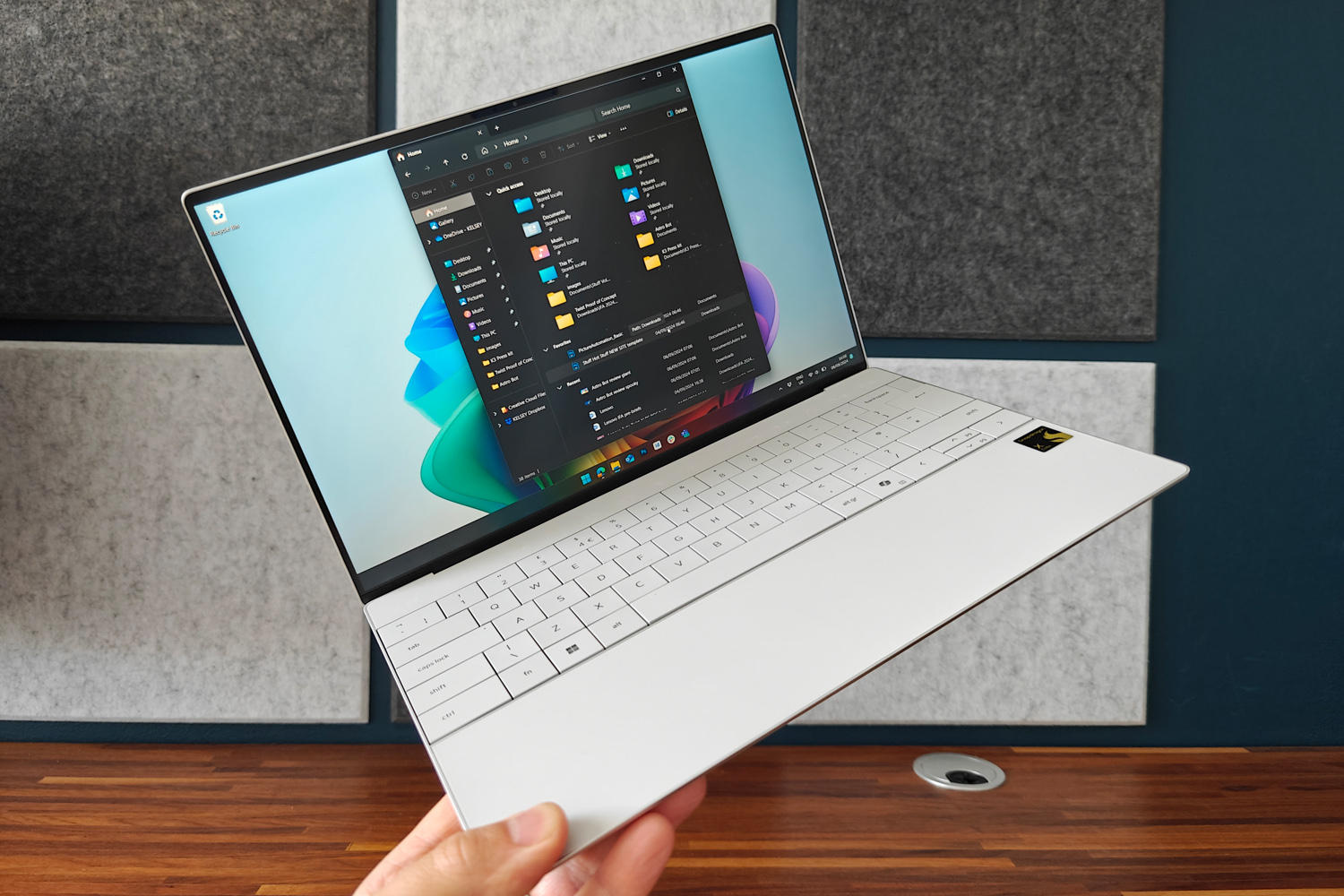
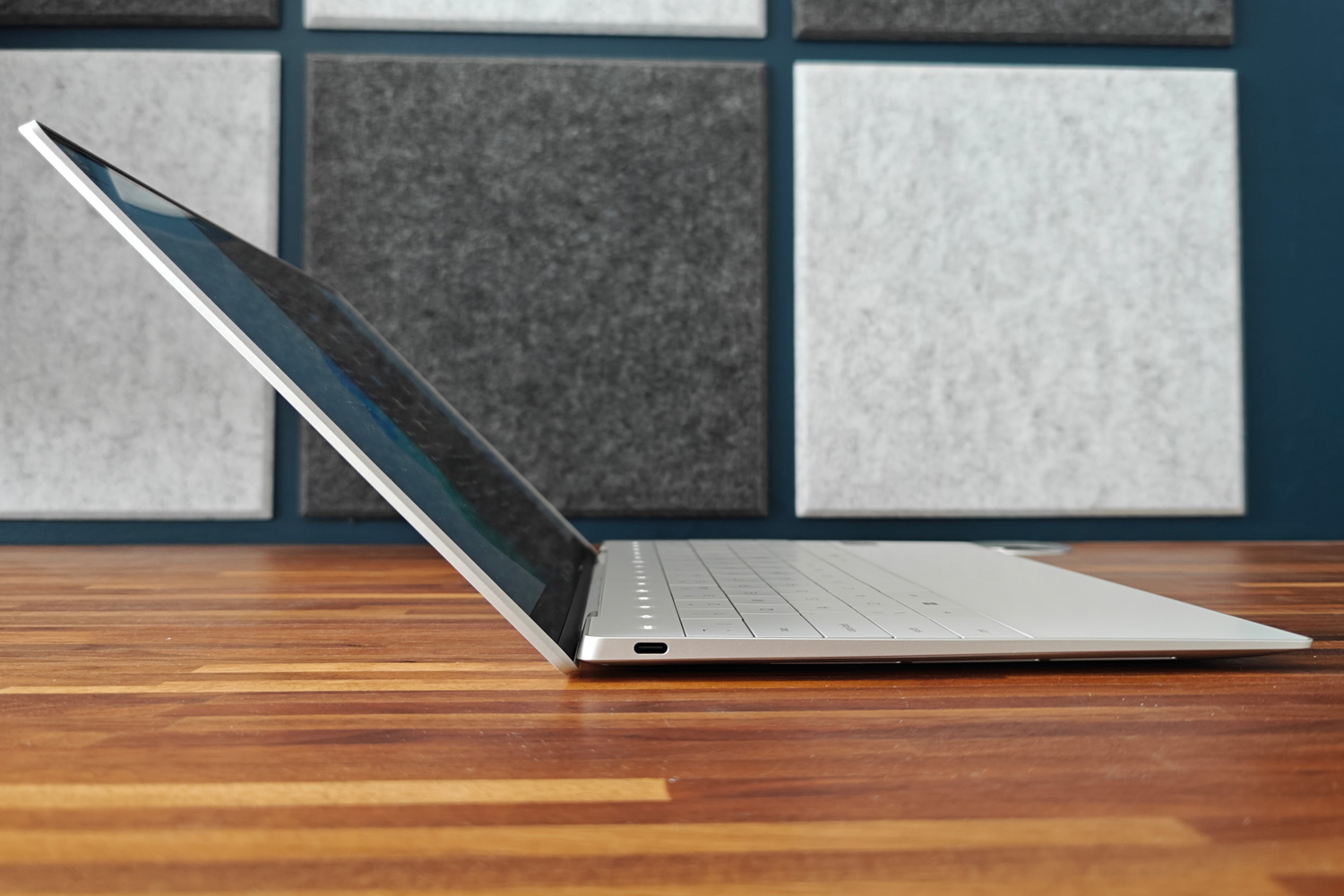
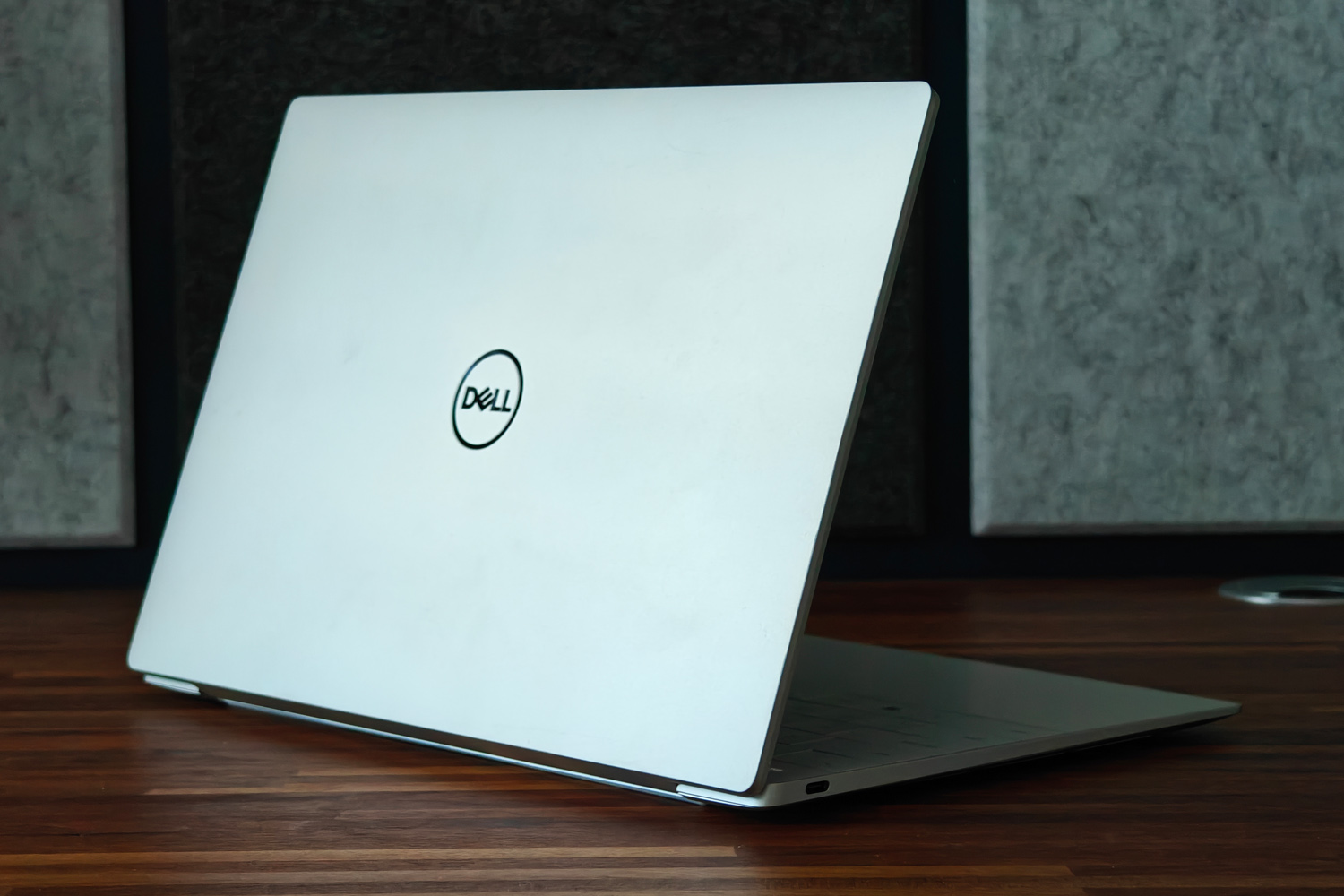
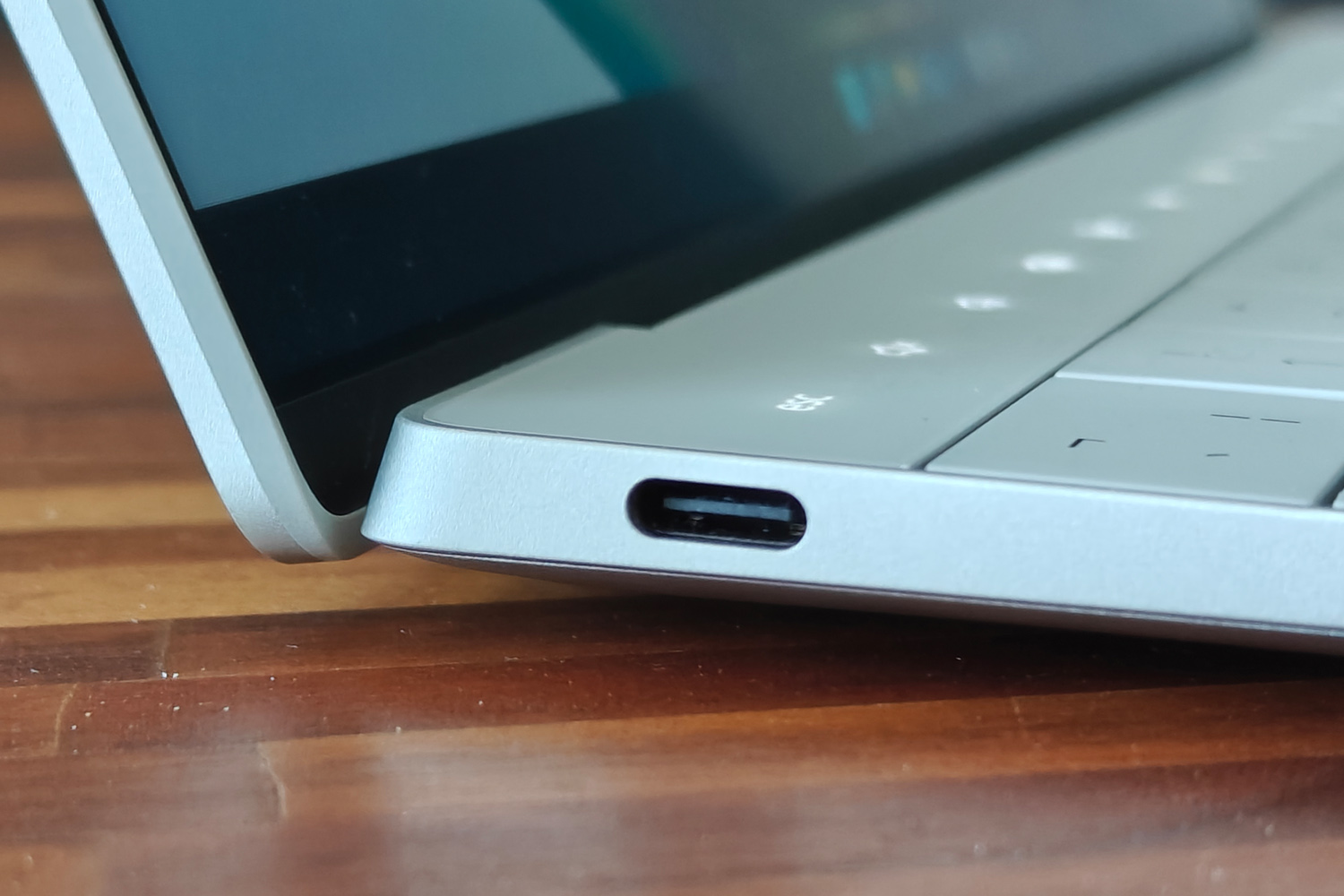
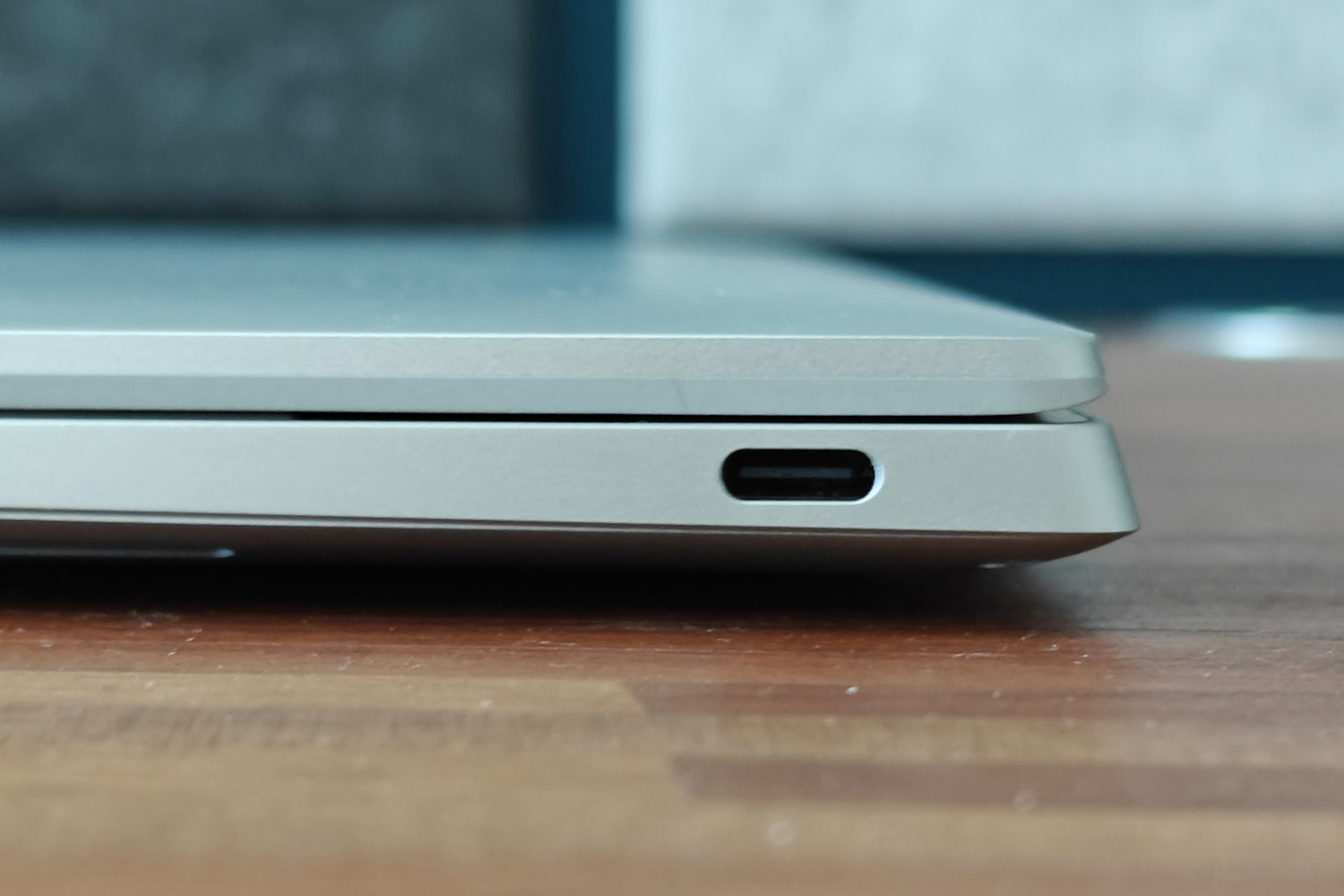
Dell doubled down on minimalist design for the last XPS 13 generation, and has dug its heels in for this one. The unibody chassis is up there with the latest MacBook Air for sleek lines and subtle branding. Of the Copilot+ laptops I’ve tried so far, this one has the most premium feel. There’s a choice of Graphite and Platinum colours, with both being made from lightweight aluminium. It’s reassuringly rigid, with very little flex.
This is an impressively portable laptop, weighing a mere 1.19kg and measuring a sliver over 15mm at its thickest point, so I had no hesitation taking it with me for a week-long work trip. My digital camera and lens weighed more, so I barely noticed it in my travel bag. Connectivity is seriously pared back as a result, though, with just a single USB4 Type-Cs on either side. If you’re charging the thing, you’ve basically just got one free port.
Open it up and the keyboard’s function buttons have been swapped out for a row of capacitive shortcuts. The remaining keys are entirely flat and are squeezed in like sardines, with next to no space between ’em. The touchpad is invisible, and there’s no room for up-firing speakers on either side of the keyboard tray, like you get on the larger XPS 14.
The power button doubles as a fingerprint sensor, and the 1080p webcam is Windows Hello-ready for facial recognition too. Both work quickly, though bright backlighting can often throw the facial detection off. I set up both and rarely needed to type in a PIN or password.
Screen & sound: pick your panel
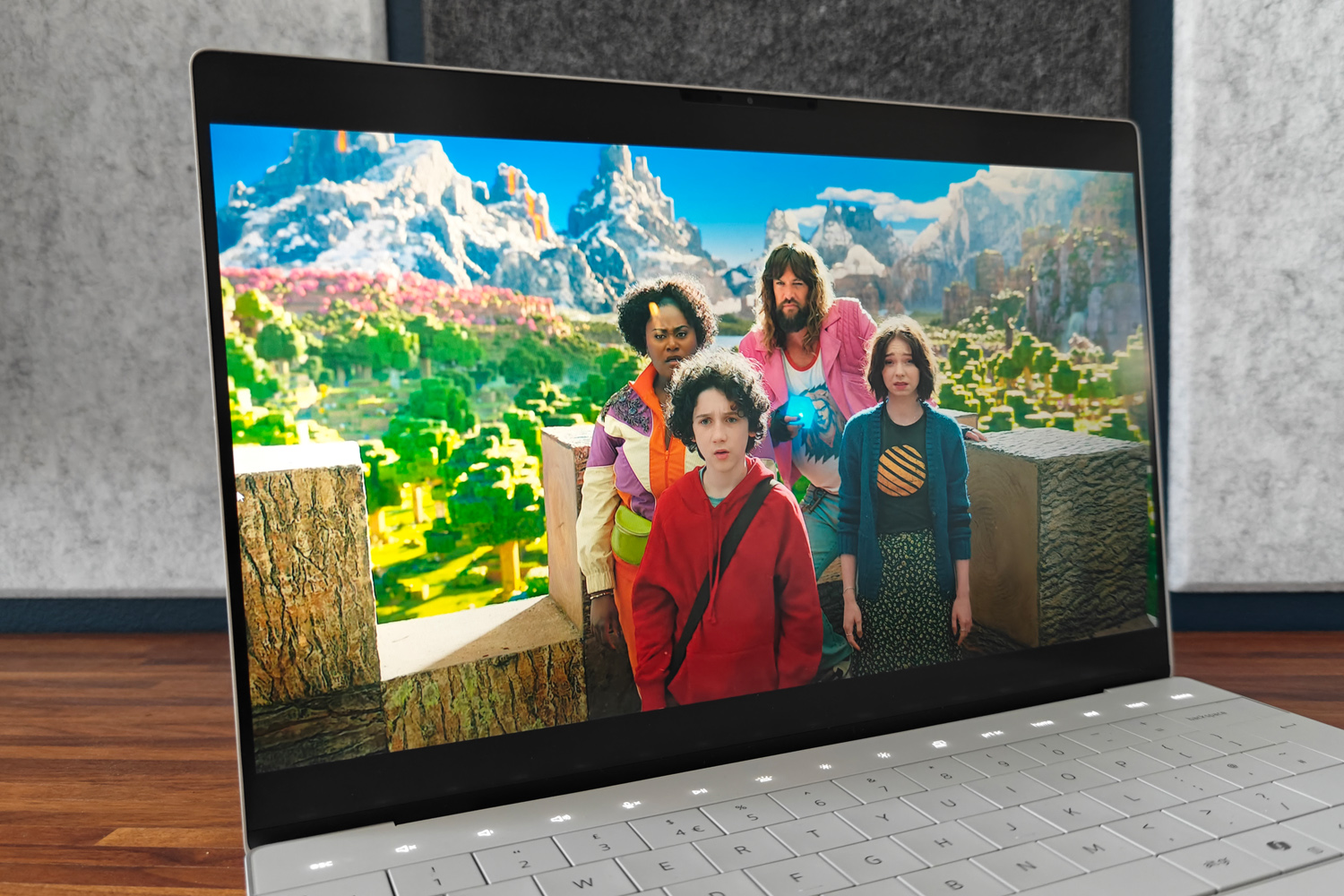

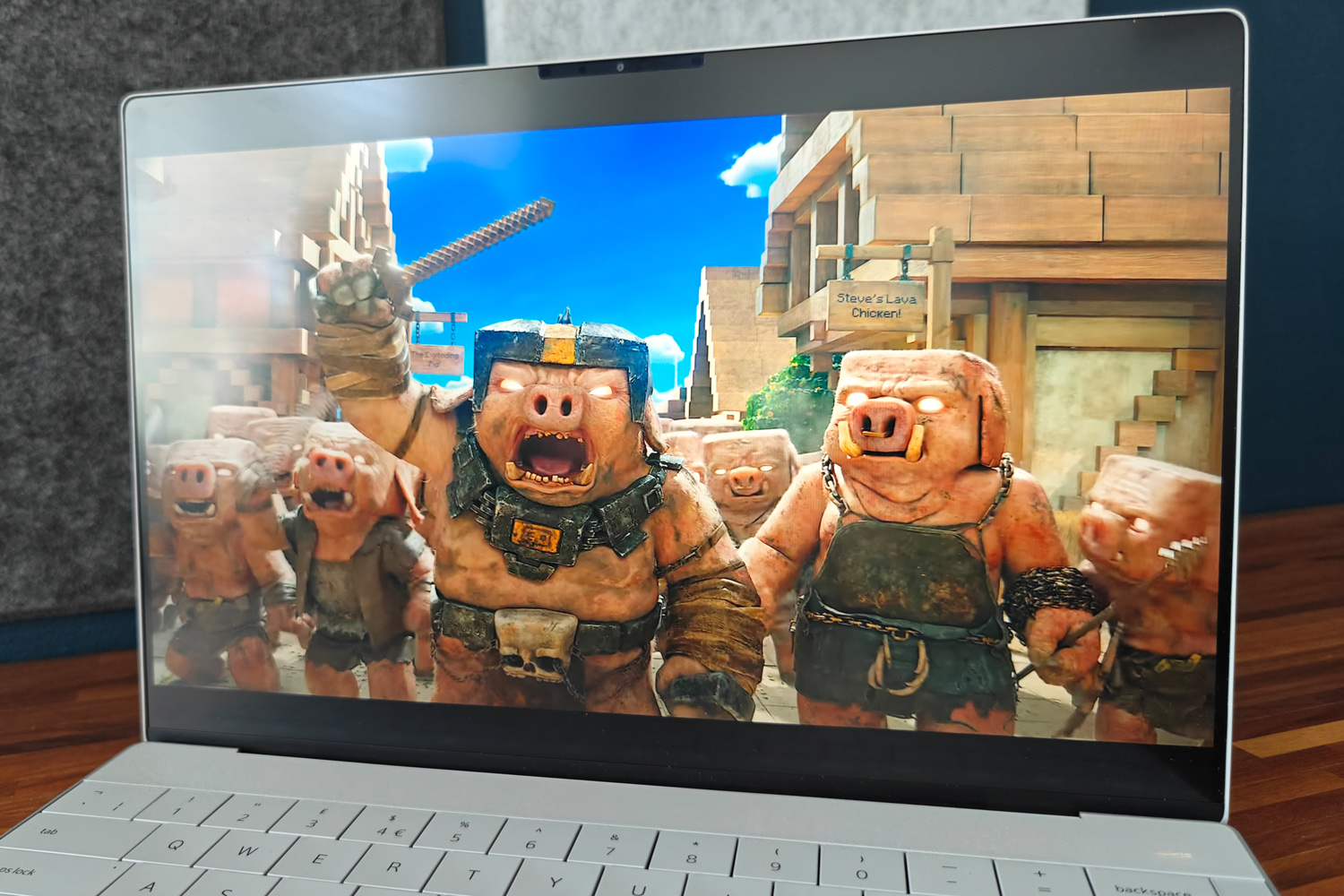
Dell is hardly the only brand that’ll sell you a laptop with a gloriously vibrant OLED screen – but it’s one of the few that charges a premium for it. The range starts with the Full HD+ resolution LCD seen on my review unit, and there’s also a step-up QHD resolution panel that adds touch to the mix. This isn’t a cheap laptop, so it feels just a little miserly.
It ticks plenty of other boxes, at least, with wonderfully slim bezels on all four sides, and an anti-glare coating that massively cuts down on light reflections. The backlight delivers more than 500 nits of peak brightness, so direct midday sun aside, I never struggled to see what was onscreen. The 30-120Hz variable refresh rate makes motion and scrolling feel that much smoother, too.
Colour accuracy is decent, rather than class-leading, being a bit lacking on Adobe sRGB coverage. Stills and videos have plenty of pop, but this might not be the best choice for colour-accurate work. Contrast is top notch for an LCD panel, too. However, having tested the larger XPS 14 with the optional OLED screen, I’d expect the upgrade box will be just as worth ticking on this laptop.
Unlike its bigger brother, the Dell XPS 13 makes do with side- and down-firing speakers rather than upfiring ones. The full-range drivers and tweeters have a meagre 2W output, but do a decent enough job given how little space they have to work with. Audio is respectably loud, with a fairly hollow top-end. Apple still leads the way for laptop sound.
Keyboard & touchpad: flashy but frustrating

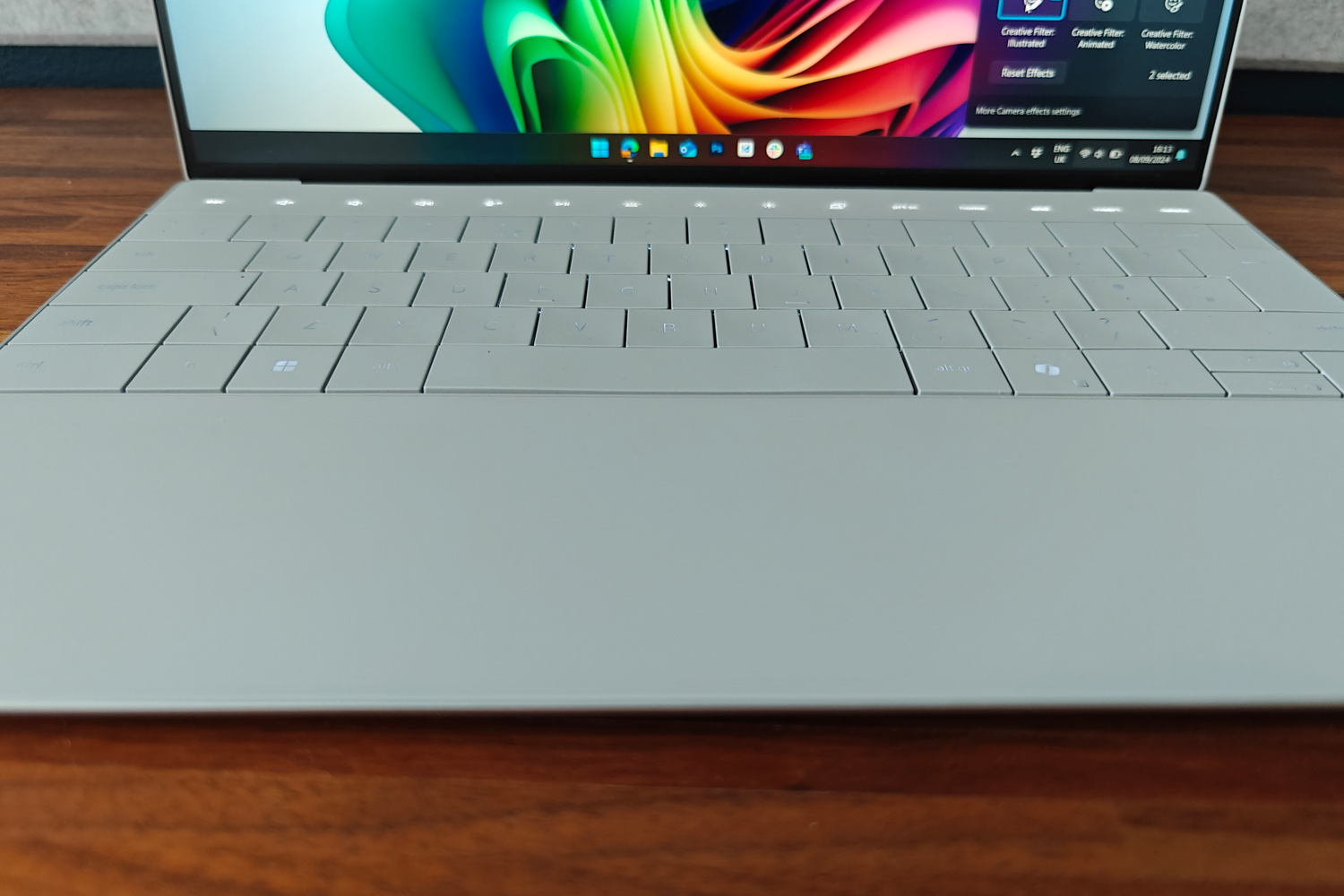
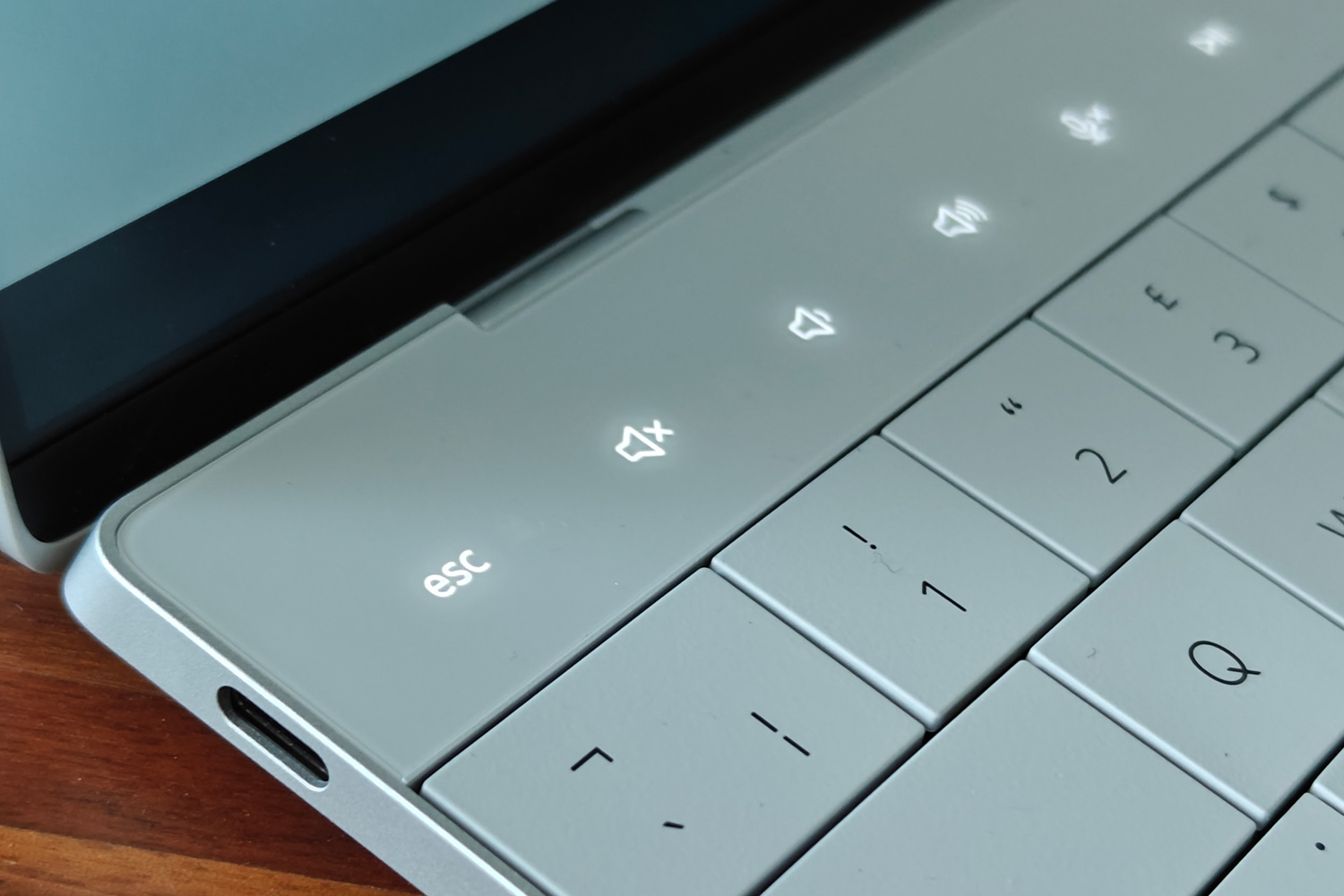
XPS laptops used to be the cream of the Windows crop when it came to comfortable keyboards, but Dell has lost its way a bit lately. The latest XPS 13 generation brings back the same tightly-grouped keys from the maligned XPS 13 Plus, then adds odd proportions for certain keys to make everything fit inside the svelte chassis. The Caps Lock key is almost twice as wide as I’m used to, so I continually hit it by mistake. I don’t need such a huge tab key, and the half-height up and down keys are fiddly too.
It doesn’t help that escape and delete have been bumped to the (undeniably good looking) row of capacitive keys that replace the function buttons. With no haptic feedback I had to take my eyes off the screen every time to make sure I’d hit the right spot. You can’t turn the lights off, either, though they do dim when working in the dark. The backlit keys are next to impossible to see against the white keys in lighter conditions, though it’s pretty good at dimming them..
Key travel is decent enough, with a springy action under each press. I needed longer to adjust to the flat keys than I did with the larger XPS 14 I tested earlier in the year, though, despite there not being a huge difference in physical size. That machine wasn’t nearly as frustrating to use on my lap, either; this XPS had some sort of issue where the ‘pad would think I was holding it down, clicking-and-dragging when I just wanted to click. It never happened while working on a desk, but given a machine this size is designed for life on the move, that’s a pretty major fail.
Not being able to spot where the touchpad starts and ends isn’t as much of a dealbreaker; your muscle memory takes over so I never missed any taps or swipes. Haptic feedback could definitely stand to be stronger.
Performance & battery life: snap to it
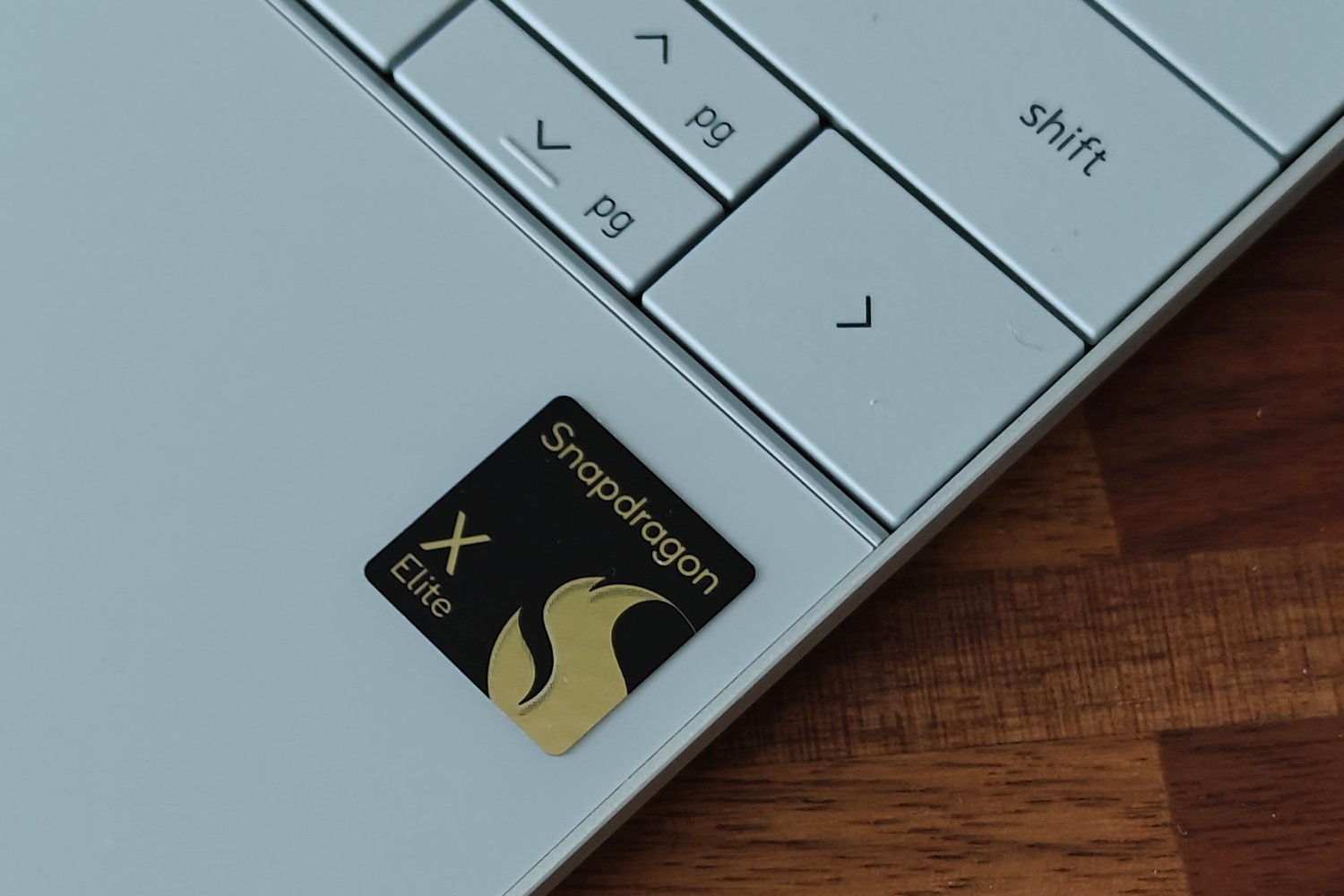

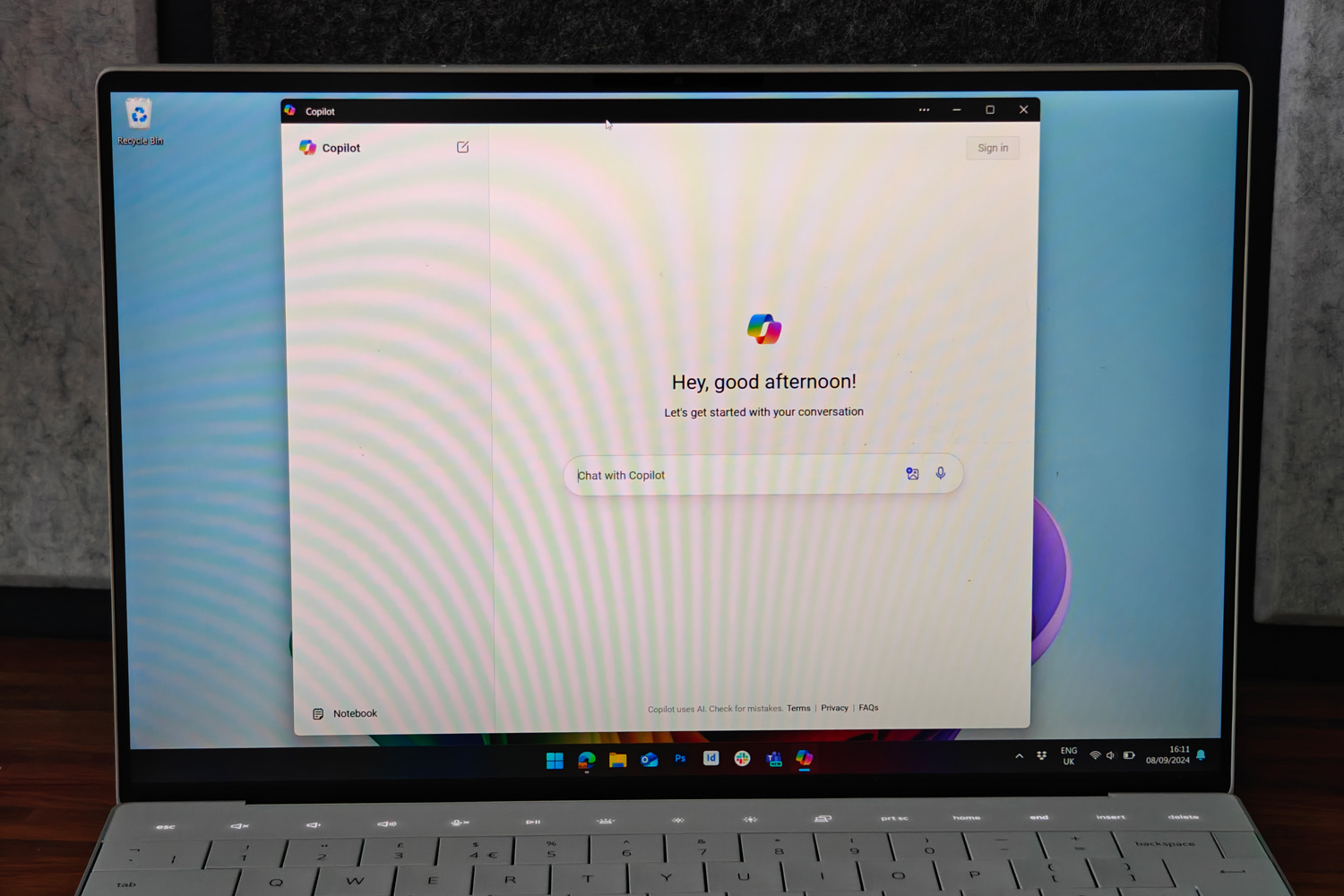
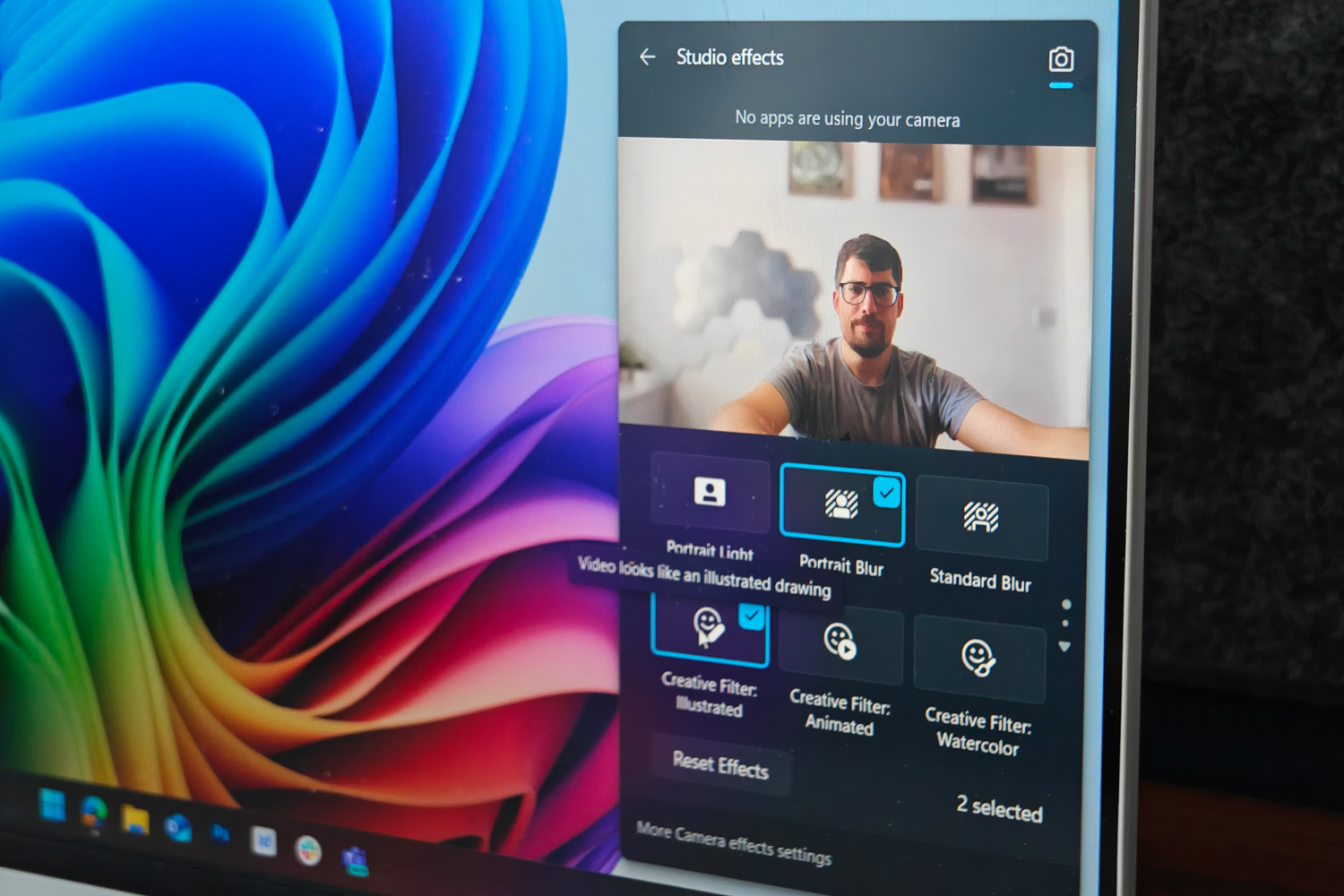
A 12-core Snapdragon X Elite chipset and 16GB of RAM was the co-to configuration for pretty much every Copilot+ PC at launch. Qualcomm has since brought out 10- and 8-core variants, but the X1E-80-100 remains the sweet spot; not quite as potent as the top-tier chips with faster integrated graphics and higher clock speeds, but not as pricey either.
In desktop tasks and 2D benchmarks, it rubs shoulders with Intel’s Core Ultra 7 and AMD’s Ryzen 9 7000 series silicon. Certain tests give one chip the lead, others hand it to one of the other two, with no one taking a dramatic performance win. That translates to wonderfully smooth running in Windows, with apps opening swiftly and batch-processed Photoshop files running without turning the system to a crawl. For the sorts of jobs an ultraportable will be asked to perform, the Dell XPS 13 is a stellar performer. If you have greater needs – and the budget – I’d suggest stepping up to 32GB of RAM, though it’s not essential for web work or word processing.
If you like to game in your downtime, this shouldn’t be your first laptop choice; the Snapdragon X Elite isn’t widely supported, and titles that do run properly aren’t able to keep pace with the larger Dell XPS 14 and its dedicated Nvidia graphics. Both Intel and AMD’s ultraportable chips performed better in games like Hades, and could also hack it in more demanding titles with the detail settings kept in check; the XPS 13 couldn’t do the same without frame rates tumbling.
Windows still doesn’t have an awful lot of apps to properly push the chipset’s NPU, which is aimed squarely at AI processing. Blurring video call backgrounds and generating images in MS Paint are fun tricks rather than life-changing tools you’ll use on the regular. I’ve still yet to use the Copilot key outside of testing a laptop, and Windows Recall is still MIA.
I’d probably ignore that bit of the Copilot+ pitch for now, and focus on battery life. I comfortably managed entire working days on battery power alone, though it was touch and go towards clocking off time if I’d spent a lot of time editing images. The XPS 13 also lasted a solid 13 hours of video playback in my synthetic tests, but its 55Whr cell isn’t the biggest you’ll find in an ultraportable. That means rivals have it soundly beaten for longevity.
Dell XPS 13 (9345) verdict

Sticking a Snapdragon CPU inside the XPS 13 makes a lot of sense. Dell’s premium thin-and-light is wonderfully portable, and Qualcomm’s efficient silicon has helped boost battery life over the Intel version. Performance is basically on par, with more than enough desktop muscle for office work and simpler creative tasks, and Windows on ARM is getting better all the time. That it’s also slightly cheaper is another win.
The issues I had with the old Dell XPS 13 haven’t been fixed, though. The capacitive shortcuts are more flashy than functional, the keyboard layout takes some learning, and the touchpad was especially troublesome during my testing – though this could’ve been an isolated issue with my review unit.
If I was in the market for a Copilot+ laptop, I’d probably reach for a Microsoft Surface Pro or Surface Laptop before one of these.
Stuff Says…
It looks great and isn’t short on power, but the Dell XPS 13’s touchbar remains tricky and ergonomic issues hold it back from ultraportable perfection.
Pros
An undeniably sharp-looking machine
Perfectly potent for an ultraportable
More affordable than Intel equivalent
Cons
Battery life is decent rather than class-leading
Touchbar shortcuts still style over substance
Some major usability issues with touchpad
Dell XPS 13 (9345) technical specifications
| Screen | 13.4in, 1920×1200 LCD |
| Processor | Snapdragon X Elite X1E-80-100 |
| Memory | 16GB RAM |
| Graphics | Adreno (integrated) |
| Storage | 512GB SSD |
| Operating system | Windows 11 Home |
| Connectivity | 2x USB-C |
| Battery | 55Wh |
| Dimensions | 255x199x15.3mm, 1.19kg |

